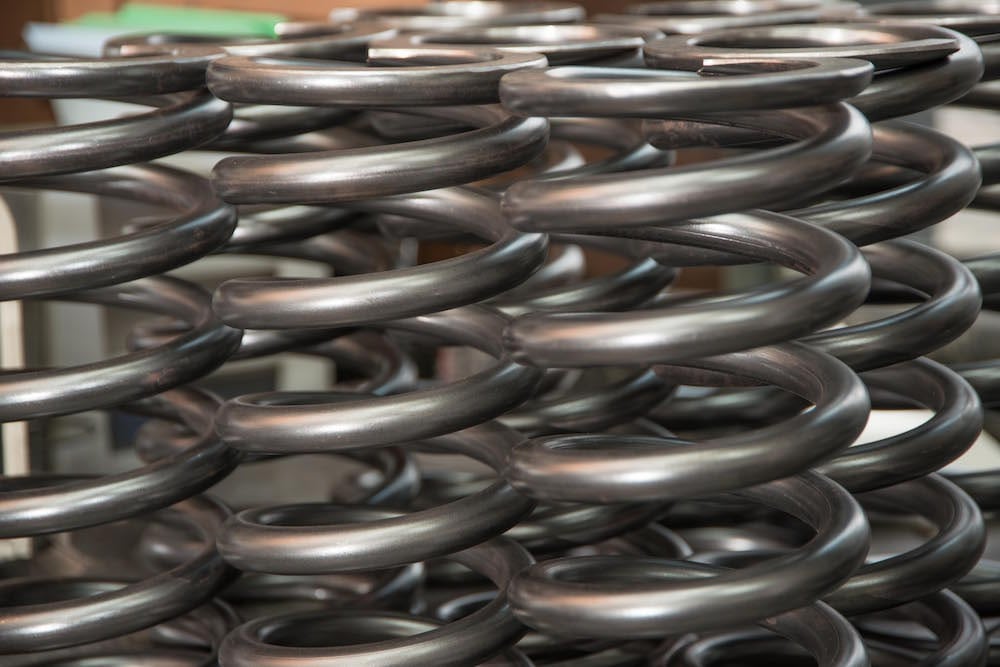Tyson A Wright
Gold Member
- Joined
- Jun 9, 2020
- Messages
- 1,903
There have been a number of really valuable threads on blade metallurgy here, but are there any on metallurgy for slipjoint backsprings? I haven't been able to find them. I'm thinking of this because of a thread on the Traditionals subforum about Queen knives, and how's it's not uncommon for their backspring to break, even when the knife is sitting at rest. What is the best steel for this knife application? What is the best heat treatment? How can this part of a knife be optimized?
Here's the first post on the thread on broken Queen springs:
Here's the first post on the thread on broken Queen springs:
Sorting through the collection today. Opened a box just to check. Here is what I found. I think this is the fourth Queen knife with a broken spring. Yikes! It was a beautiful knife.





